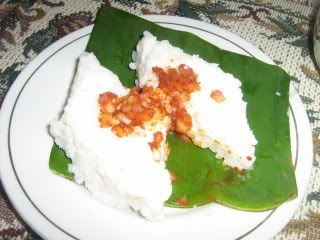http://justbento.com/bento-no-37-onigiri-bento-box-action-okowa-sticky-rice-onigiri
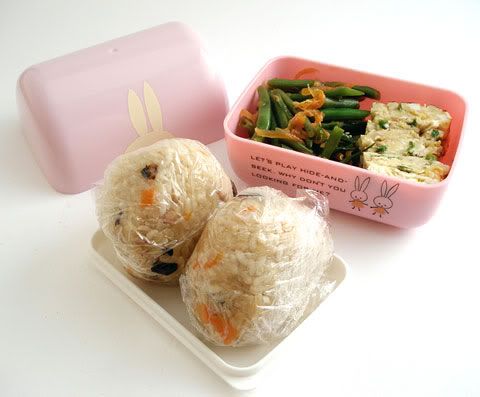
sources: http://www.airandangels.com/bentobox/intro.html
Welcome everyone! I'm bringing a different culture every week for anyone that wants unique recipes to try in their kitchen :)

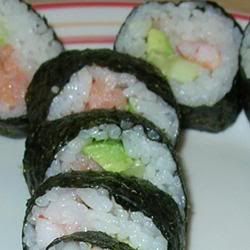


Garnishes
2 tablespoons scallions, chopped
black pepper or white pepper
Rice cooker: Dump all ingredients (except garnishes) into rice cooker, turn it on and stir occasionally, until congee is smooth and no longer grainy.
Stovetop: Combine all ingredients (except garnishes) in a medium saucepan, bring to boil over medium heat then turn down heat and let simmer until water has been absorbed.
Add more water/broth if necessary (for both methods)
Sprinkle with black/white pepper, a few drops of sesame oil and chopped scallions just before serving for 4 people. Enjoy!
Have a great weekend and will continue cultural foods in Japan on Monday!

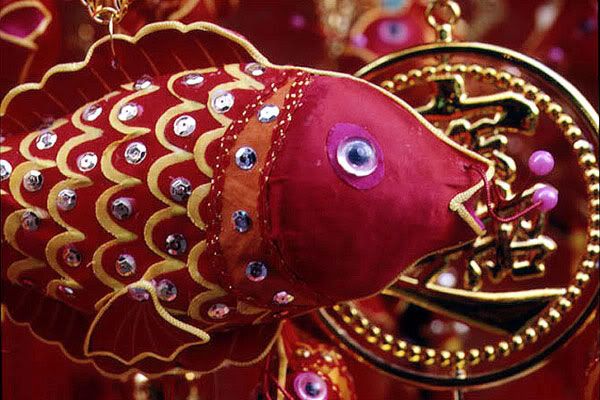
 In Taiwan, most people drink tea with every meal and rarely any beer. They also have some of the best smoothies with their wide variety of fruits like papaya, guava, kumquats, passionfruit, strawberries, pineapple, starfruit, and coconuts. Taiwanese people usually have fruit after every meal too. Some of these fruits like kumquats actually help with colds, when taken as a hot tea, or try a delicious papaya milkshake that is suppose to help a woman's breasts grow bigger. Another specialty drink Taiwan invented was bubble tea during the 1980s, where the term "bubble" means the tapioca balls in the drink. Bubble tea is now a very popular drink around the world, especially in America. Originally, bubble tea was made with hot black tea, tapioca balls, honey, and condensed milk. Also when visiting, be sure to buy your milk from a modern supermarket or a 7-11 to make sure you get non-powdered milk. Now there are 2 types of bubble teas, a fruit flavored tea or milk tea, that you can get either hot or cold, but is usually made cold. You can buy bubble tea in many Asian tea houses or restaurants with many different variations like adding fruit jelly or making the fruit juice into a slushy. Here's a simple recipe to make a papaya milkshake:
In Taiwan, most people drink tea with every meal and rarely any beer. They also have some of the best smoothies with their wide variety of fruits like papaya, guava, kumquats, passionfruit, strawberries, pineapple, starfruit, and coconuts. Taiwanese people usually have fruit after every meal too. Some of these fruits like kumquats actually help with colds, when taken as a hot tea, or try a delicious papaya milkshake that is suppose to help a woman's breasts grow bigger. Another specialty drink Taiwan invented was bubble tea during the 1980s, where the term "bubble" means the tapioca balls in the drink. Bubble tea is now a very popular drink around the world, especially in America. Originally, bubble tea was made with hot black tea, tapioca balls, honey, and condensed milk. Also when visiting, be sure to buy your milk from a modern supermarket or a 7-11 to make sure you get non-powdered milk. Now there are 2 types of bubble teas, a fruit flavored tea or milk tea, that you can get either hot or cold, but is usually made cold. You can buy bubble tea in many Asian tea houses or restaurants with many different variations like adding fruit jelly or making the fruit juice into a slushy. Here's a simple recipe to make a papaya milkshake:
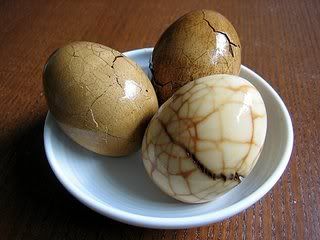
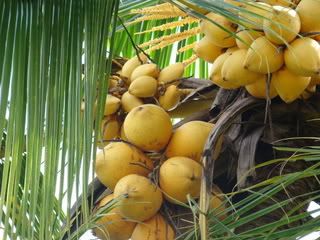
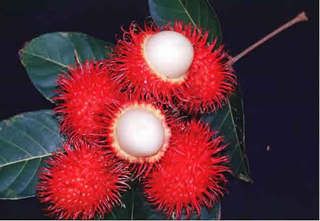


Ingredients
2 cups Thick Coconut Milk
1/2 lb Brown Sugar
4 Eggs
Pinch Cardamoms (Optional)
3 Cloves (Optional)
Raisins, Cashew
Beat the eggs in a mixer. Add the coconut milk, brown sugar
cardamoms and cloves to the beaten eggs mix well.
Add the mixture into a pot
and steam for 20 minutes.
Add raisins or cashews.
You can also add the mixture into multiple small aluminum
bakimg foils and then steam it for about 5-10 minutes.
Enjoy!

When the rice is almost done, mix the salt with the coconut
milk and add to the rice. Then stir and cook for a few more minutes.
Serve the hot rice on to a platter and flatten it using flat spoon or spatula. Cut it into squares and enjoy!
